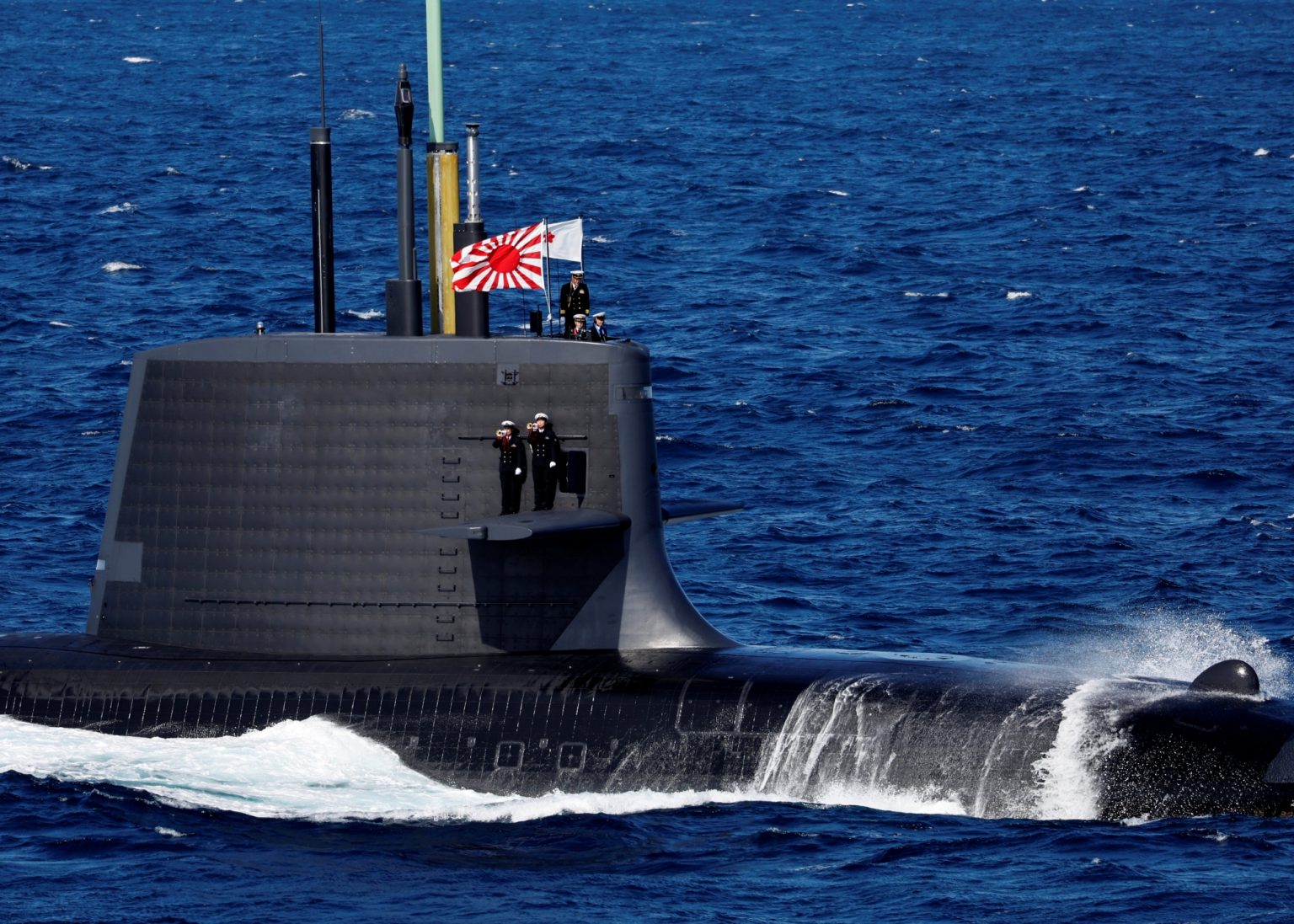Japan Considers Nuclear Submarines Amid Rising Regional Tensions
In a significant strategic shift, Japan—a critical U.S. ally positioned near Russia, China, and North Korea—is exploring the possibility of developing nuclear-powered submarines to counter growing regional threats. This consideration comes amid escalating tensions in the Western Pacific and represents a potentially dramatic evolution in Japan’s defensive posture. The development is particularly noteworthy given Japan’s historical commitment to peaceful nuclear use as the only nation to have suffered nuclear attacks.
Japan’s strategic importance cannot be overstated in the context of U.S. defense planning. As a cornerstone of America’s “first island chain” strategy, Japan forms part of a critical north-south defensive line that allows Washington to project military power and deter aggression from its primary adversaries in the region. Nuclear-powered submarines offer compelling operational advantages, including virtually unlimited endurance, superior speed, and extended range—capabilities already enjoyed by both Russia and China in their submarine fleets. North Korea has also reportedly received Russian assistance to develop similar technology, further tilting the regional balance of power. Against this backdrop, Japan’s potential submarine advancement would complement the Pentagon’s existing submarine presence in the Western Pacific.
An expert panel established by Japan’s Defense Ministry recently submitted recommendations to Defense Minister Gen Nakatani, calling explicitly for the development of advanced submarines with “next-generation propulsion systems.” While the report carefully avoided direct references to nuclear propulsion, Japanese media outlets like The Asahi Shimbun noted that previous panel discussions had indicated this terminology refers to compact nuclear reactors. The panel emphasized that “submarines are strategic assets that can be deployed covertly,” advocating for vessels capable of “long-distance, extended travel and submerged navigation” without being “bound by conventional approaches.” This represents a significant potential evolution for the Japan Maritime Self-Defense Force, which currently operates 22 conventional submarines divided among the Oyashio, Soryu, and Taigei classes.
Beyond propulsion systems, the expert panel recommended equipping these advanced submarines with vertical launching systems (VLS) capable of firing long-range missiles for counterstrikes against enemy territory. This capability would dramatically enhance interoperability with the U.S. Navy, which routinely equips its submarines with VLS-launched Tomahawk cruise missiles—a weapon system of which Japan has already acquired 400 units. The technical integration would represent a significant advancement in U.S.-Japanese military cooperation and substantially increase Japan’s deterrent capabilities against regional adversaries. However, this evolution raises complex questions about Japan’s longstanding commitment to the peaceful use of nuclear energy—a principle deeply rooted in the national consciousness following the atomic bombings of Hiroshima and Nagasaki in 1945.
Japan’s 2025 defense white paper provides context for these potential changes, stating bluntly that “the existing order of world peace is being seriously challenged, and Japan finds itself in the most severe and complex security environment of the post-war era.” This assessment reflects growing concern about China’s increasing naval capabilities, Russia’s military cooperation with Beijing, and North Korea’s advancing nuclear and missile programs. The Ministry of Defense and Self-Defense Forces emphasize they are “fundamentally reinforcing Japan’s defense capabilities with independence and initiative” to protect Japanese citizens and “resolutely defend Japan’s territorial land, waters, and airspace”—language that signals a more assertive defense posture than Japan has traditionally maintained.
As Japan’s Defense Ministry moves forward with discussions on strengthening its defensive capabilities based on the expert panel’s recommendations, the potential development of nuclear-powered submarines represents a watershed moment in East Asian security dynamics. Such a decision would mark one of the most significant shifts in Japan’s defense policy since World War II and potentially reshape the strategic calculus throughout the Indo-Pacific region. While technical and political hurdles remain substantial, the mere consideration of nuclear propulsion for submarines indicates how seriously Japan perceives the evolving threats on its doorstep. This development bears close watching not only for its implications for regional military balance but also for what it reveals about Japan’s evolving self-perception as a security actor in an increasingly unstable neighborhood.















